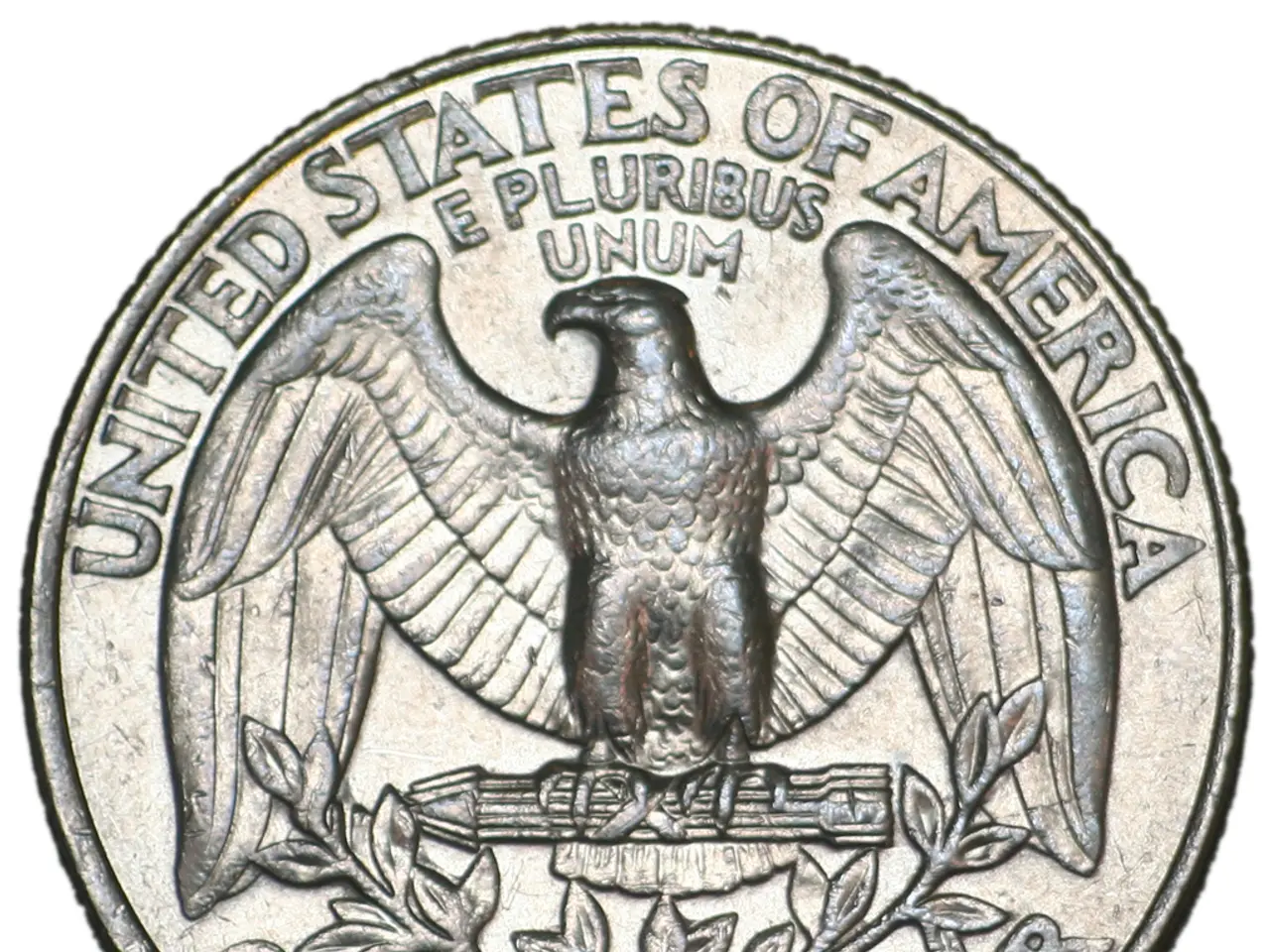Digital Asset Regulatory Testing Environment Introduced by National Bank
The National Bank of Kazakhstan has taken a significant step towards embracing the digital asset revolution by launching a regulatory sandbox on July 28. The sandbox aims to create a controlled, safe environment for testing new services and business models involving digital assets, balancing innovation with financial stability [1][3].
The sandbox covers key areas such as the development of tenge-backed stablecoins, real estate tokenization, tokenization of real assets, and cryptocurrency-to-fiat exchange [1][3]. These initiatives are designed to foster technological leadership and democratize investment opportunities in Kazakhstan, positioning the country as a global hub for digital asset innovation [1].
The special regulatory regime applies to second-tier banks, institutions authorized to carry out specific banking operations, payment organizations, and other legal entities registered in Kazakhstan [1]. The first cohort of the sandbox includes a diverse mix of participants, including second-tier banks, crypto exchanges, non-bank fintech firms, and international crypto providers [1].
The regulatory sandbox enables real-world testing of new services and business models using digital assets. This is a crucial step in bringing Kazakhstan's crypto investors out of the grey zone and reducing the shadow circulation of cryptocurrencies [1]. More than 15 additional projects are under active consideration, and the sandbox remains open to new applicants [1].
In addition to the regulatory sandbox, the central bank is considering the possibility of setting up a state crypto reserve, similar to those established in the United States, El Salvador, Bhutan, and Pakistan [1]. If a decision is made to establish such a reserve in Kazakhstan, the National Bank would organize its operations using the existing investment infrastructure [1].
This move is a result of amendments to certain legislative acts signed by President Kassym-Jomart Tokayev in June [1]. In an April interview, Zhalenov detailed the efforts of Kazakhstan's central financial regulator to go digital [1]. The first pool of pilot projects includes tenge-backed stablecoins, real estate tokenization, tokenization of real-world assets, and the conversion of unbacked digital assets into fiat money [1].
The European Union's MICA governs the issuance and circulation of digital assets, while the United States is introducing the GENIUS Act and CLARITY Act to create a regulated environment for digital asset transactions [1]. This global focus on regulating digital assets underscores the importance of Kazakhstan's initiative in fostering a safe and innovative digital asset ecosystem.
Zhalenov expects valuable hands-on experience from the pilot projects to refine future regulation of digital assets, ensuring that investor and societal interests are protected [1][3]. The central bank's approach remains "deliberate, pragmatic, and aimed at long-term impact" [1].
References:
[1] National Bank of Kazakhstan (2022). Regulatory Sandbox for Digital Assets Launched. Retrieved from https://www.nationalbank.kz/ru/news/2022/07/28/regulatory-sandbox-dlya-digitalnyh-finansovyh-instrumentov-v-deyatelnost
[3] Central Bank of Kazakhstan (2022). Regulatory Sandbox for Digital Assets: Key Areas and Participants. Retrieved from https://www.nationalbank.kz/ru/news/2022/07/28/regulatory-sandbox-dlya-digitalnyh-finansovyh-instrumentov-kljuchovye-oblasti-i-uchastniki
The regulatory sandbox covers the development of digital assets in business, such as the creation of tenge-backed stablecoins and real estate tokenization, focusing on establishing Kazakhstan as a global hub for digital asset innovation in finance. To ensure technological leadership, the special regulatory regime applies to various legal entities registered in Kazakhstan, including second-tier banks, crypto exchanges, fintech firms, and international crypto providers.




